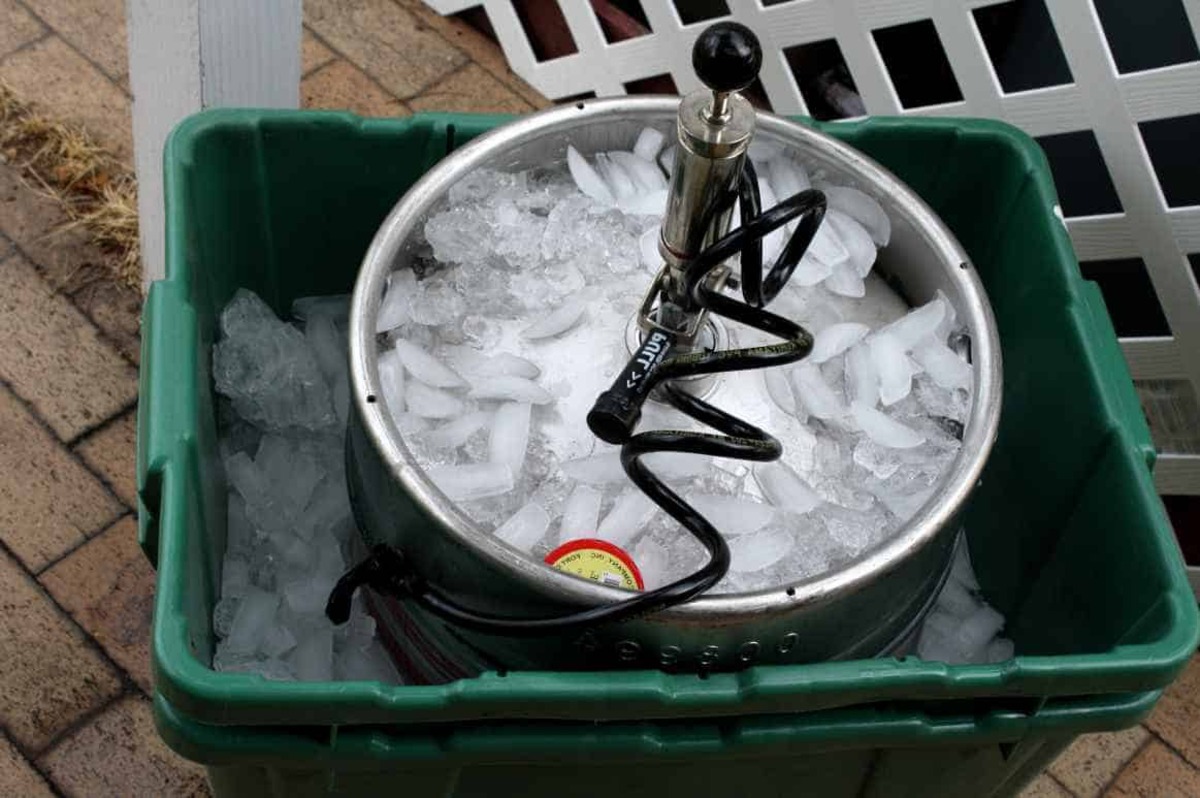

Articles
How Cold Will A Beverage Air Kegerator Get
Modified: March 24, 2024
Read articles on how cold a Beverage Air kegerator can get and keep your beverages chilled to the perfect temperature. Get expert tips and advice.
(Many of the links in this article redirect to a specific reviewed product. Your purchase of these products through affiliate links helps to generate commission for Storables.com, at no extra cost. Learn more)
Introduction
When it comes to enjoying a refreshing and perfectly chilled draft beer at home or in a commercial setting, a Beverage Air Kegerator is the go-to appliance. These innovative devices are designed to provide optimal cooling for kegs, ensuring that your favorite brews are served at the perfect temperature. But just how cold can a Beverage Air Kegerator get?
In this article, we will delve into the world of Beverage Air Kegerators and explore the factors that affect their temperature. We will also discuss the ideal temperature range for storing and dispensing draft beer. Additionally, we will examine the cooling mechanism of Beverage Air Kegerators and provide tips on adjusting temperature settings for maximum efficiency. Finally, we will touch on troubleshooting temperature issues that may arise.
So, if you’re a beer enthusiast or a business owner looking to invest in a Beverage Air Kegerator, read on to discover the ins and outs of temperature control in these incredible machines.
Key Takeaways:
- Keep your Beverage Air Kegerator within the ideal temperature range of 34 to 38 degrees Fahrenheit to ensure your draft beer remains refreshing and properly carbonated, enhancing the overall drinking experience.
- Regular maintenance, proper ventilation, and monitoring of ambient temperature are essential for optimizing the cooling efficiency of your Beverage Air Kegerator, ensuring consistently chilled and enjoyable draft beer.
Read more: How To Fix A Kegerator That Doesn’t Get Cold
Understanding Beverage Air Kegerators
Beverage Air Kegerators are specialized refrigeration units designed to store and dispense draft beer. They are essential for home bars, restaurants, pubs, and any establishment that wants to serve beer on tap. These kegerators are built with features that ensure the beer is kept cold and carbonated until it is ready to be poured.
One of the key components of a Beverage Air Kegerator is the refrigeration system. This system maintains a consistent and controlled temperature within the kegerator, preserving the quality and flavor of the beer. Most Beverage Air Kegerators are equipped with a digital thermostat that allows users to set the desired temperature.
Another crucial element is the draft tower. This is the part of the kegerator that houses the beer lines, faucets, and tap handles. It is important to ensure that the draft tower is correctly cooled to prevent foaming and maintain the desired serving temperature.
Beverage Air Kegerators come in various sizes and configurations to accommodate different keg sizes and quantities. Some models are designed to hold multiple kegs, allowing you to have different types of beer readily available. They are built with durable construction and insulation to ensure long-lasting performance and energy efficiency.
It is worth noting that Beverage Air Kegerators can also be customized with additional features, such as LED lighting, digital displays, and locking mechanisms for added convenience and security.
Overall, Beverage Air Kegerators are expertly engineered to provide optimal cooling and dispensing capabilities for draft beer. They offer a convenient and cost-effective solution for anyone who wants to enjoy the fresh taste of beer on tap, whether it’s in their home or at a commercial establishment.
Factors Affecting Temperature
Several factors can affect the temperature of a Beverage Air Kegerator, and it’s essential to be aware of these factors to ensure that your beer is kept at the optimal temperature. Here are some key factors that can impact the temperature inside a kegerator:
- Ambient Temperature: The ambient temperature in the environment where the kegerator is located can influence its cooling performance. If the surroundings are excessively hot or cold, it can affect the kegerator’s ability to maintain the desired temperature.
- Ventilation: Proper ventilation is crucial to ensure that the heat generated by the kegerator’s refrigeration system is effectively dissipated. Adequate airflow around the kegerator prevents overheating and helps maintain consistent cooling.
- Keg Size and Quantity: The size and number of kegs stored inside the kegerator can impact its cooling efficiency. Overcrowding the kegerator with too many kegs or larger kegs can hinder airflow and make it harder for the unit to cool the beer effectively.
- Door Opening Frequency: Every time the kegerator door is opened, warm air from the surrounding environment enters the unit, causing the internal temperature to rise temporarily. Frequent door openings can lead to temperature fluctuations and impact the overall cooling performance.
- Insulation Quality: The quality of insulation plays a vital role in maintaining the desired temperature inside the kegerator. Good insulation helps minimize temperature fluctuations caused by external factors and ensures that the beer remains properly chilled.
By considering these factors and taking appropriate measures, such as placing the kegerator in a suitable location with proper ventilation, avoiding overcrowding, minimizing door openings, and ensuring good insulation, you can optimize the cooling performance of your Beverage Air Kegerator and ensure that your draft beer is served at the perfect temperature.
Ideal Temperature Range
When it comes to storing and serving draft beer, maintaining the correct temperature is crucial to preserving its flavor, carbonation, and overall quality. The ideal temperature range for a Beverage Air Kegerator generally falls between 34 to 38 degrees Fahrenheit (1 to 3 degrees Celsius).
At this temperature range, the beer remains cold enough to be refreshing and enjoyable, while also allowing the carbonation to be properly retained. Serving beer at a higher temperature can result in a loss of carbonation and a flat taste, while serving it too cold can inhibit the flavors and aromas from developing fully.
It’s important to note that different beer styles may have their own recommended serving temperatures. For example, lighter lagers and pilsners are typically served at the lower end of the temperature range, around 34 to 36 degrees Fahrenheit (1 to 2 degrees Celsius), to accentuate their crispness. Meanwhile, darker ales and stouts may be served towards the higher end of the range, around 36 to 38 degrees Fahrenheit (2 to 3 degrees Celsius), to enhance their flavors.
To achieve and maintain the ideal temperature inside your Beverage Air Kegerator, it is recommended to use a digital thermostat or temperature controller. These devices allow you to precisely set and monitor the temperature, ensuring that your beer is always served at its best.
Remember, serving draft beer at the right temperature enhances the overall drinking experience, showcasing the nuances of each beer style. So, by keeping your Beverage Air Kegerator within the ideal temperature range, you can enjoy the full flavor and aroma profiles of your favorite beers, just as the brewer intended.
Cooling Mechanism of Beverage Air Kegerators
Beverage Air Kegerators utilize a reliable and efficient cooling mechanism to maintain the desired temperature for storing and dispensing draft beer. Understanding how this cooling mechanism works can help you optimize the performance of your kegerator.
Most Beverage Air Kegerators employ a compressor-based refrigeration system, similar to that found in household refrigerators. The compressor acts as the heart of the system and is responsible for circulating a refrigerant throughout the kegerator.
When the kegerator’s thermostat detects that the temperature inside is rising above the set point, it signals the compressor to start running. The compressor then compresses the refrigerant gas, increasing its pressure and temperature. This high-pressure, high-temperature gas is pushed into the condenser coils, located either at the back or underneath the kegerator.
As the hot gas moves through the condenser coils, it dissipates heat to the surrounding environment, causing the gas to condense into a high-pressure liquid. The liquid refrigerant then flows through a capillary tube or expansion valve, which reduces its pressure and allows it to expand rapidly.
This expansion of the refrigerant causes it to cool significantly, creating a cold environment within the evaporator coils of the kegerator. These evaporator coils are located inside the kegerator’s storage compartment, and the cooled refrigerant absorbs heat from the interior, thereby lowering the temperature.
The now-warmed refrigerant gas is then sucked back into the compressor, and the cycle starts again. This continuous cycle of compression, condensation, expansion, and evaporation ensures that the kegerator maintains a consistent and controlled temperature.
In addition to the compressor-based refrigeration system, Beverage Air Kegerators may also utilize other cooling features such as fans and insulation to enhance cooling efficiency and temperature distribution. These components work together to ensure that the beer inside the kegerator is kept at the ideal serving temperature for maximum enjoyment.
By understanding the cooling mechanism of your Beverage Air Kegerator, you can appreciate the technology behind its performance and make informed decisions to optimize its cooling capabilities.
To achieve the coldest temperature in a Beverage Air Kegerator, set the thermostat to the lowest setting and allow time for the unit to reach the desired temperature. Keep the kegerator away from heat sources for optimal cooling.
Read more: How Cold Should A Kegerator Be
Adjusting Temperature Settings
Properly adjusting the temperature settings of your Beverage Air Kegerator is crucial for maintaining the desired temperature range for your draft beer. Fortunately, most kegerators are equipped with user-friendly controls that make it easy to adjust and monitor the temperature.
Here are some steps to follow when adjusting the temperature settings on your Beverage Air Kegerator:
- Locate the temperature control dial or digital controller on your kegerator. This control is typically found on the front panel or inside the unit.
- Refer to the kegerator’s instruction manual to understand how the temperature control operates and what temperature range it offers.
- If your kegerator has a dial control, turn it clockwise to lower the temperature and counterclockwise to raise the temperature. If your kegerator has a digital controller, use the arrow buttons or touchscreen to adjust the temperature up or down.
- Make small adjustments to the temperature settings, as significant changes can take time to stabilize. You may need to wait a few hours for the temperature to fully adjust before evaluating the results.
- Check the temperature periodically using a reliable thermometer placed inside the kegerator. This will help you ensure that the beer is being stored and served within the desired temperature range.
- If you find that the kegerator is consistently running too cold or too warm, consider adjusting the temperature control settings accordingly. Keep in mind that external factors, such as ambient temperature fluctuations, may also impact the cooling performance.
- If you are uncertain about adjusting the temperature settings or encounter any difficulties, consult the kegerator’s instruction manual or contact the manufacturer for guidance.
Remember, it is essential to find the right balance when adjusting the temperature settings. You want to ensure that your beer is chilled to perfection without becoming too cold or losing its carbonation. Regularly monitoring the temperature and making minor adjustments as needed will help you maintain the ideal serving conditions for your draft beer.
By fine-tuning the temperature settings on your Beverage Air Kegerator, you can optimize its performance and ensure that your beer is served at the perfect temperature for maximum enjoyment.
Maintaining Optimal Cooling Efficiency
In order to ensure that your Beverage Air Kegerator continues to deliver optimal cooling performance, it’s important to take some steps to maintain its efficiency. By following these guidelines, you can help extend the lifespan of your kegerator and keep your beer consistently chilled:
- Clean the condenser coils: Over time, dust and debris can accumulate on the condenser coils, hindering heat dissipation and reducing cooling efficiency. Regularly clean the coils using a soft brush or a vacuum cleaner with a brush attachment. Be sure to unplug the kegerator and follow the manufacturer’s instructions to avoid any damage.
- Check the door seals: Inspect the door seals regularly to ensure they are clean and in good condition. Damaged or loose seals can result in air leakage, causing the kegerator to work harder to maintain the desired temperature. If you notice any issues with the seals, consider replacing them to optimize cooling efficiency.
- Avoid overloading the kegerator: It’s important not to overcrowd the kegerator with too many kegs or other items. Overloading can restrict airflow and inhibit proper cooling. Follow the kegerator’s capacity guidelines and leave enough space for air circulation inside the unit.
- Keep the kegerator ventilated: Proper ventilation is key to ensuring efficient cooling. Make sure there is ample space around the kegerator for airflow, especially at the back and sides. Avoid placing the kegerator in a tight, enclosed space that restricts airflow, as it can lead to heat buildup and compromised cooling performance.
- Minimize door openings: Limit the frequency and duration of door openings to prevent warm air from entering the kegerator. Be mindful when accessing the kegerator, and avoid leaving the door open for extended periods of time.
- Check and replace the air filter: If your kegerator has an air filter, inspect it regularly for accumulation of dust and debris. A clogged filter can hinder airflow and reduce cooling efficiency. Clean or replace the filter as recommended by the manufacturer.
- Monitor ambient temperature: Ensure that the environment in which the kegerator is placed maintains a suitable ambient temperature. Extreme temperatures can strain the kegerator’s cooling system and impact its performance. Avoid placing the unit near heat sources, such as ovens or direct sunlight.
By following these maintenance guidelines, you can help keep your Beverage Air Kegerator operating at its best. Proper cleaning, regular inspection, and attention to airflow and temperature conditions will all contribute to maintaining optimal cooling efficiency for your kegerator.
Remember to consult the manufacturer’s instructions and guidelines for specific maintenance recommendations and best practices for your kegerator model.
Troubleshooting Temperature Issues
While Beverage Air Kegerators are designed to provide reliable cooling performance, occasional temperature issues may arise. If you notice that your kegerator is not maintaining the desired temperature, you can follow these troubleshooting steps to identify and resolve the problem:
- Check power supply: Ensure that the kegerator is properly plugged in and receiving power. Verify that the outlet is functioning correctly by trying a different electrical device.
- Inspect thermostat settings: Double-check the temperature settings on the kegerator’s thermostat or digital controller. Confirm that it is correctly set to your desired temperature range. Adjust the settings if necessary.
- Clean condenser coils: Dust and debris can accumulate on the condenser coils, impairing their heat dissipation capabilities. Clean the coils following the manufacturer’s instructions to improve cooling efficiency.
- Check door seals: Damaged or loose door seals can cause air leakage, resulting in temperature fluctuations. Inspect the seals and ensure they are clean and properly aligned. Replace any damaged or worn seals.
- Examine airflow: Ensure that the kegerator has proper ventilation and is not obstructed by surrounding objects. Allow at least a few inches of clearance around the unit to promote adequate airflow.
- Monitor door openings: Limit the frequency and duration of door openings to prevent warm air from entering the kegerator. Make sure the door is fully closed and sealed after each use.
- Verify insulation quality: Check the insulation of the kegerator to ensure it is intact and effective. Damaged or deteriorated insulation can compromise cooling performance. If necessary, consider replacing or repairing the insulation.
- Consider ambient temperature: Extreme ambient temperatures can impact the kegerator’s ability to cool effectively. Ensure that the kegerator is not exposed to excessive heat or cold. Consider relocating the unit if necessary.
- Consult the manufacturer or a professional technician: If you have tried the above steps and are still experiencing temperature issues, contact the manufacturer for further assistance or consult a professional technician who specializes in kegerator repairs.
It’s important to note that some temperature fluctuations are normal, especially during heavy usage periods or when the kegerator is being restocked. However, if you notice consistent and significant temperature deviations, troubleshooting steps should be taken to rectify the issue.
By following these troubleshooting guidelines and addressing any temperature issues promptly, you can ensure that your Beverage Air Kegerator continues to deliver the optimal cooling performance needed to keep your beer chilled and ready to be enjoyed.
Conclusion
Beverage Air Kegerators offer a convenient and efficient solution for storing and dispensing draft beer at the perfect temperature. Understanding how these kegerators work and taking steps to optimize their performance is key to enjoying a refreshing and satisfying beer-drinking experience.
In this article, we explored the factors that can affect the temperature of a Beverage Air Kegerator, including ambient temperature, ventilation, keg size and quantity, door openings, and insulation quality. We also discussed the ideal temperature range for storing and serving draft beer, which typically falls between 34 to 38 degrees Fahrenheit (1 to 3 degrees Celsius).
We learned about the cooling mechanism of Beverage Air Kegerators, which relies on a compressor-based refrigeration system to circulate refrigerant and maintain consistent temperatures. Adjusting the temperature settings on a kegerator is crucial, and we provided some steps to ensure precise temperature control.
To maintain optimal cooling efficiency, regular maintenance tasks such as cleaning the condenser coils, checking door seals, maintaining ventilation, and monitoring the ambient temperature were highlighted. We also discussed troubleshooting steps to address any temperature issues that may arise.
By following these guidelines and being attentive to the performance of your Beverage Air Kegerator, you can ensure that your draft beer remains properly chilled and carbonated, allowing you to savor every sip.
So, whether you’re a beer enthusiast enjoying a refreshing pint at home or a business owner looking to serve the best draft beer to your customers, a Beverage Air Kegerator is a reliable and valuable investment that adds convenience and quality to the beer-drinking experience.
Cheers to perfectly chilled beer, thanks to Beverage Air Kegerators!
Frequently Asked Questions about How Cold Will A Beverage Air Kegerator Get
Was this page helpful?
At Storables.com, we guarantee accurate and reliable information. Our content, validated by Expert Board Contributors, is crafted following stringent Editorial Policies. We're committed to providing you with well-researched, expert-backed insights for all your informational needs.
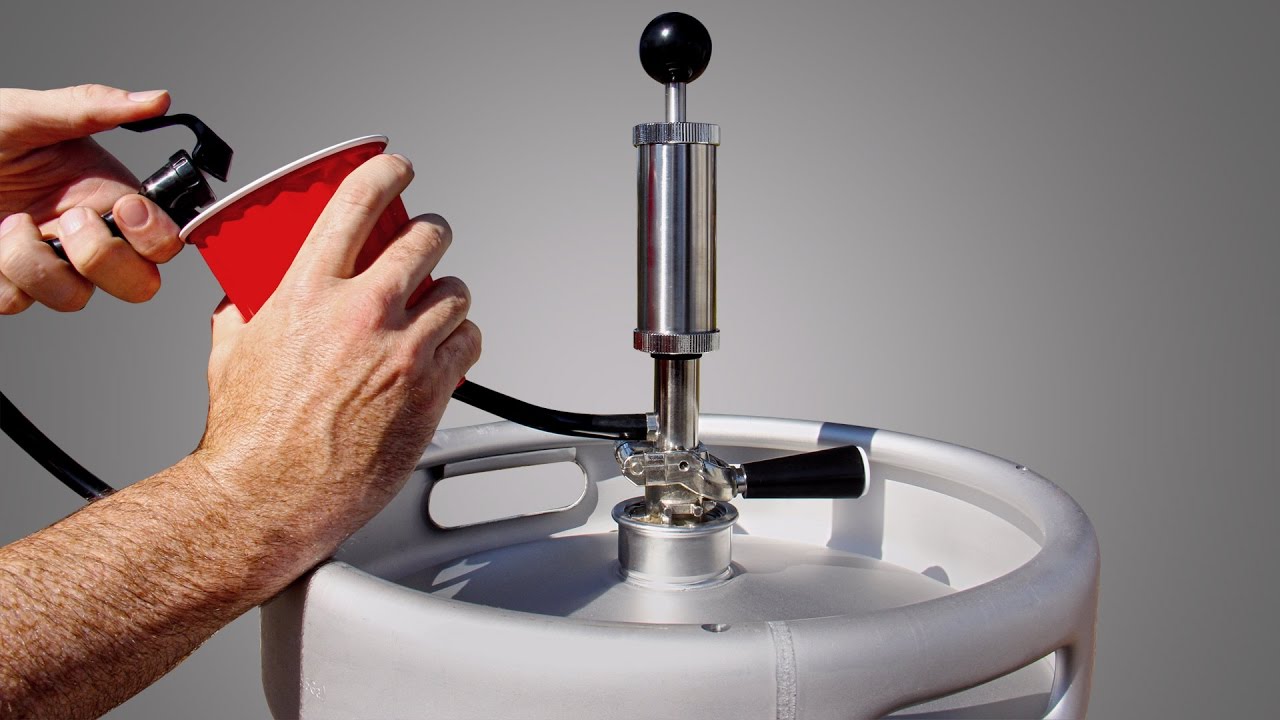
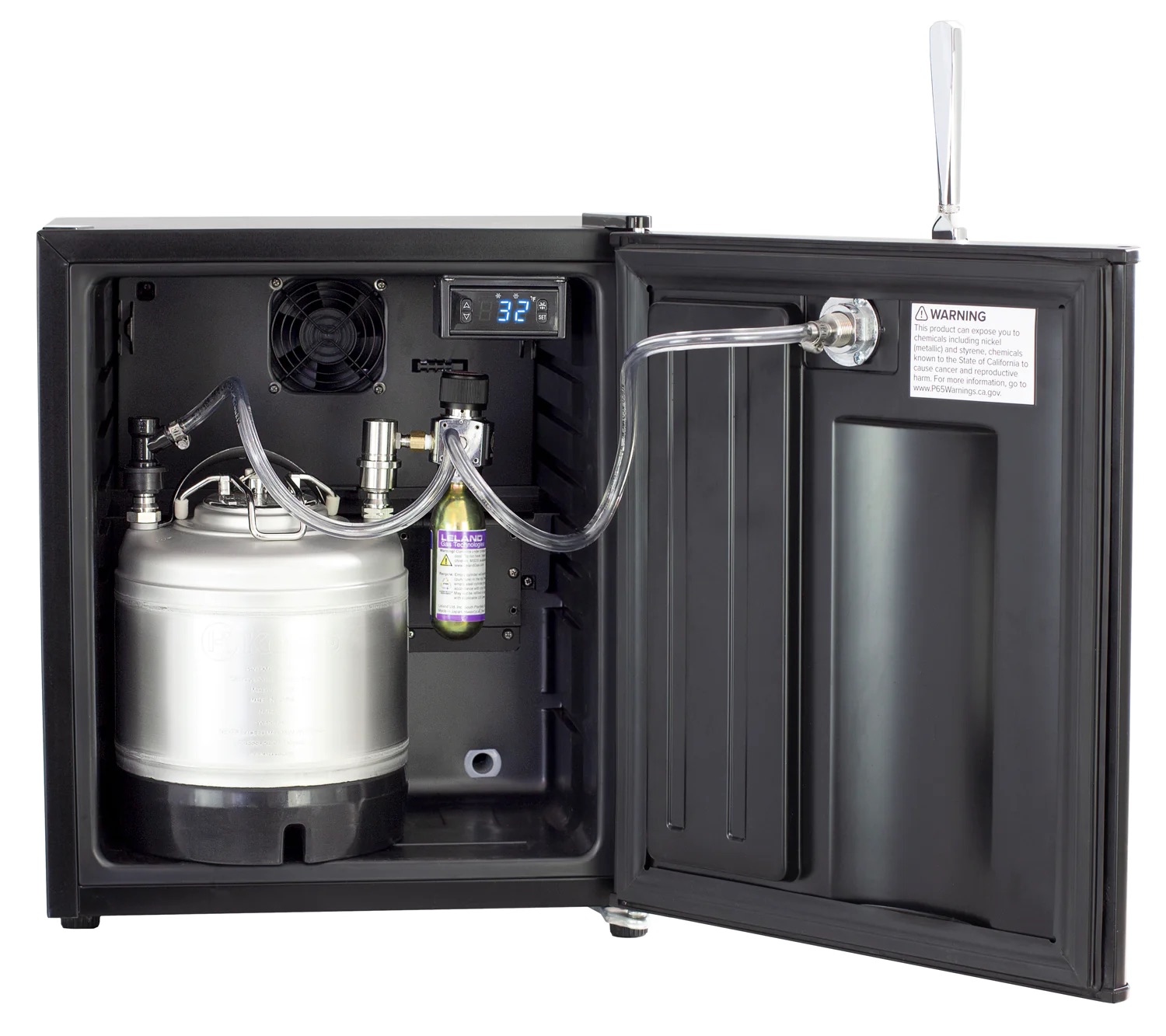
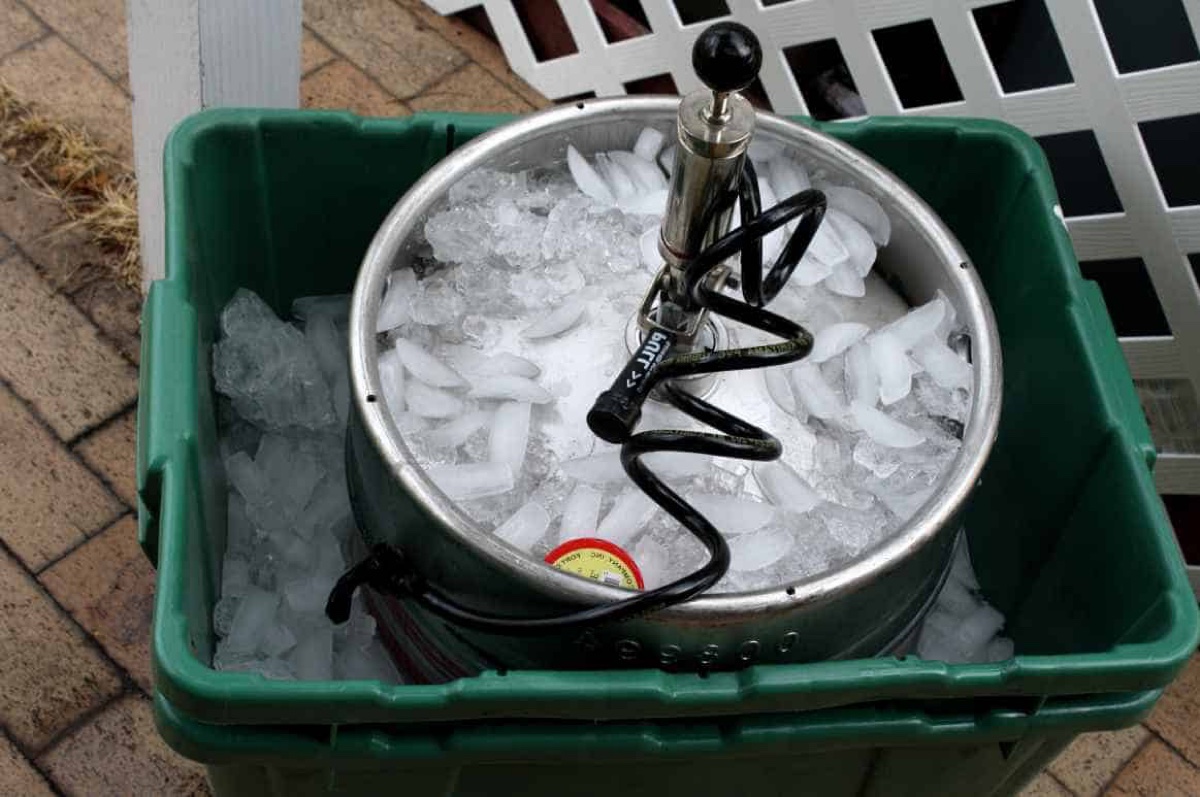
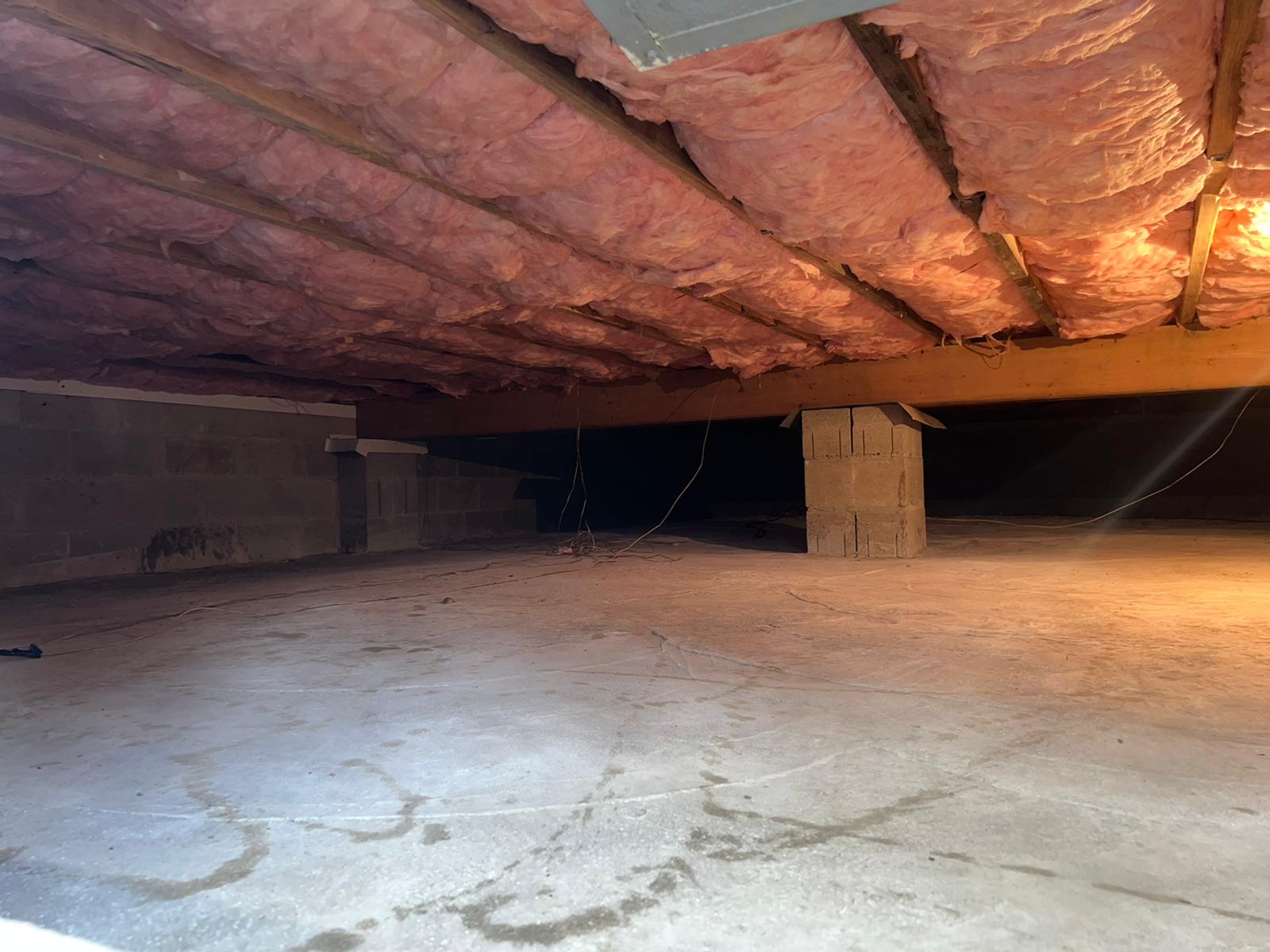
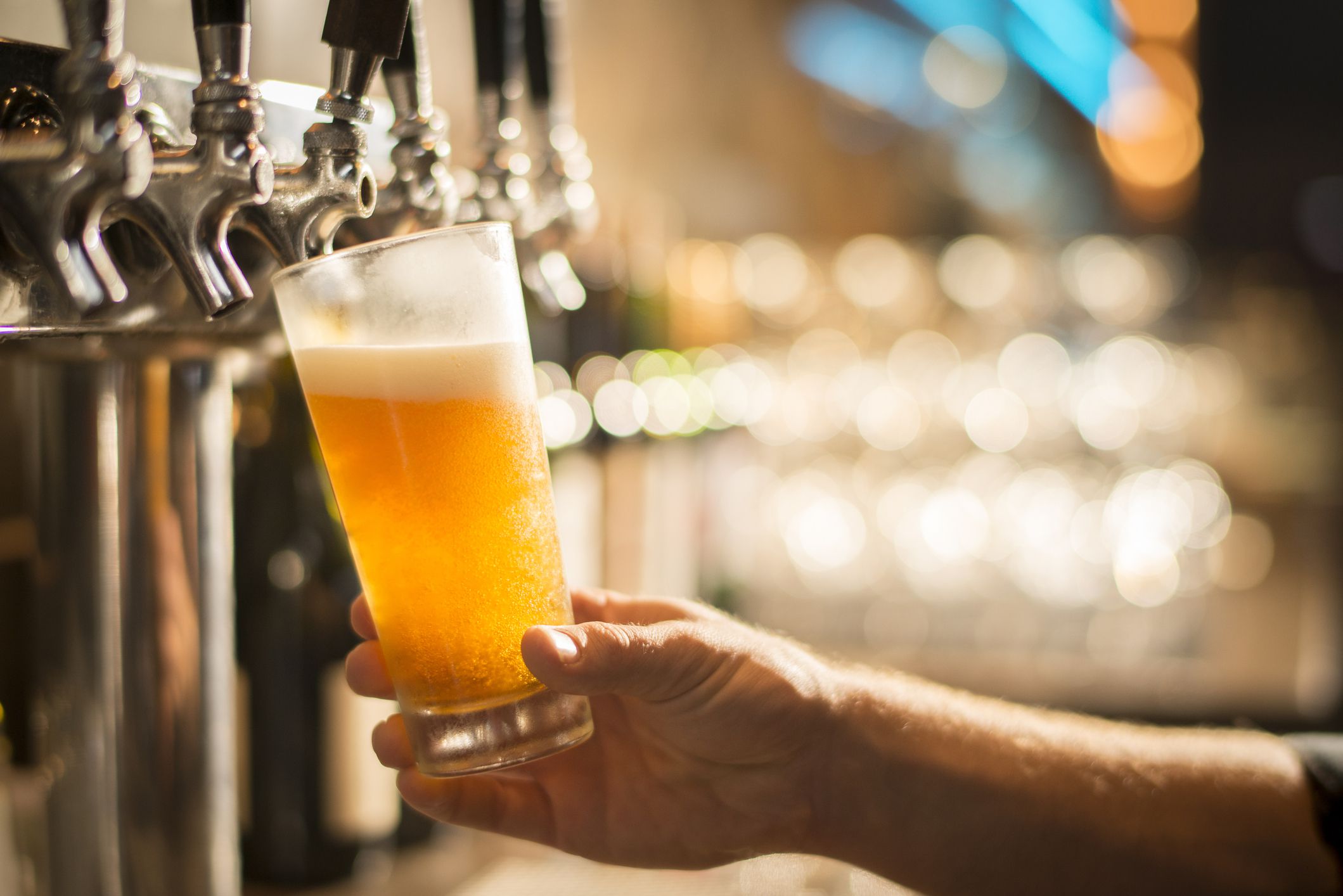
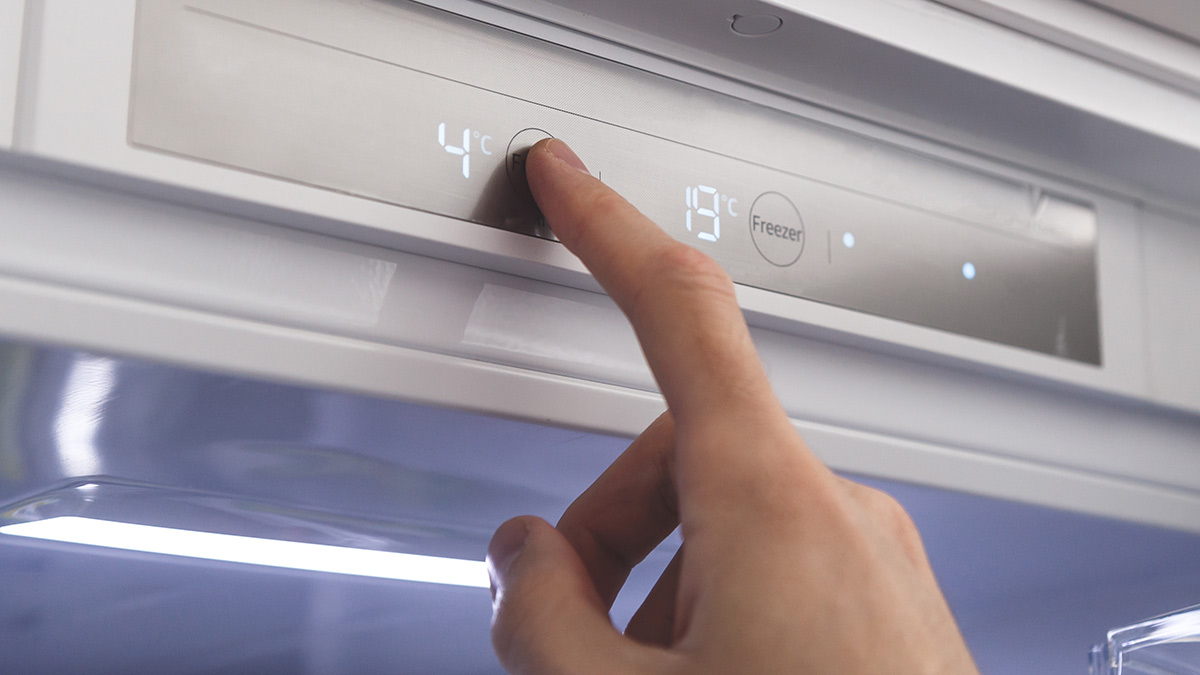
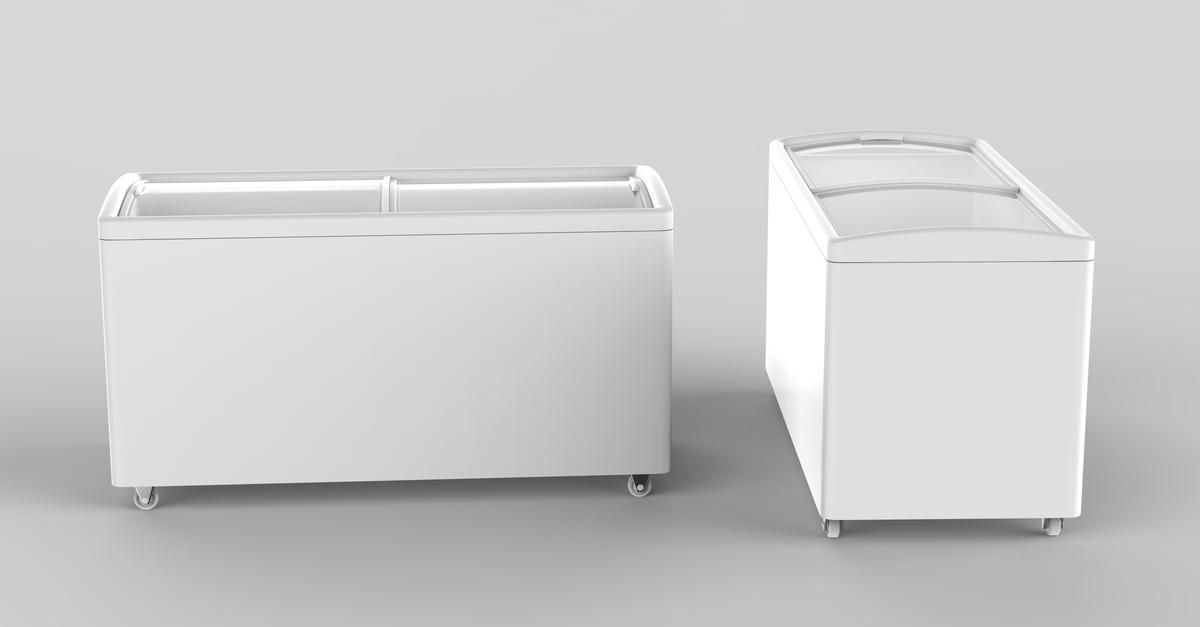
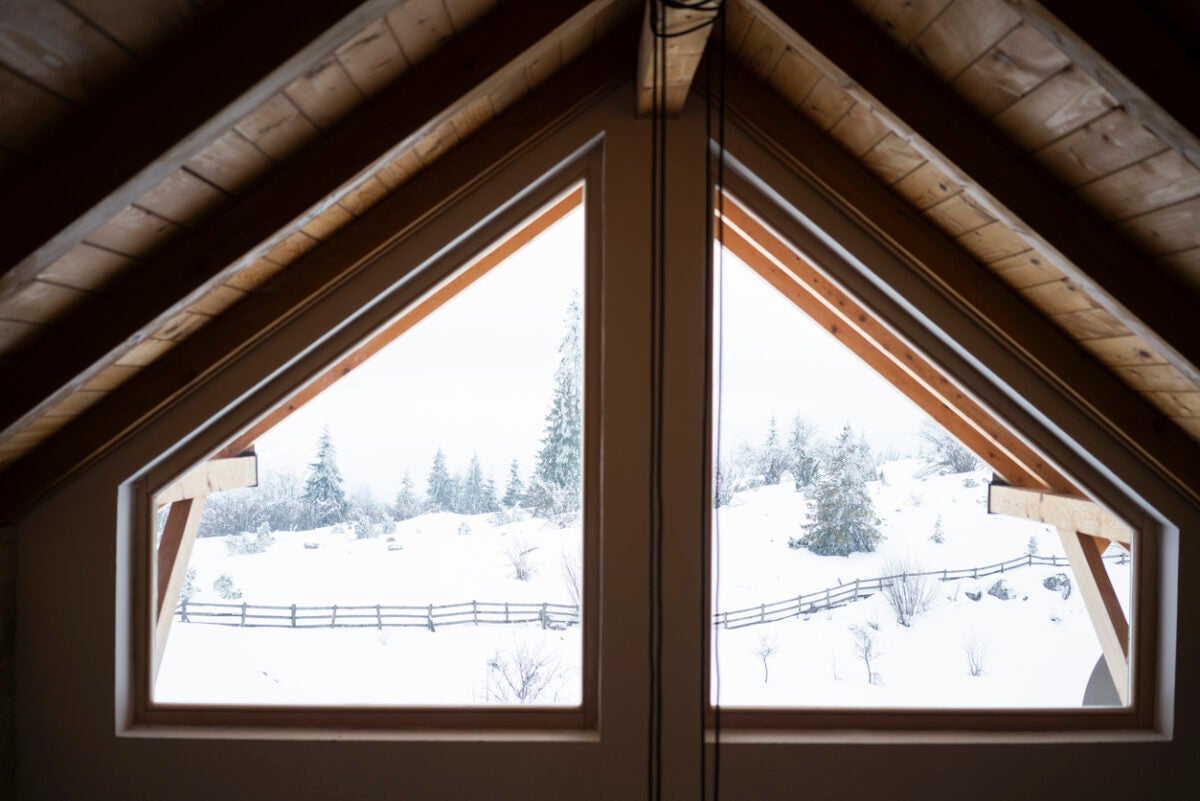

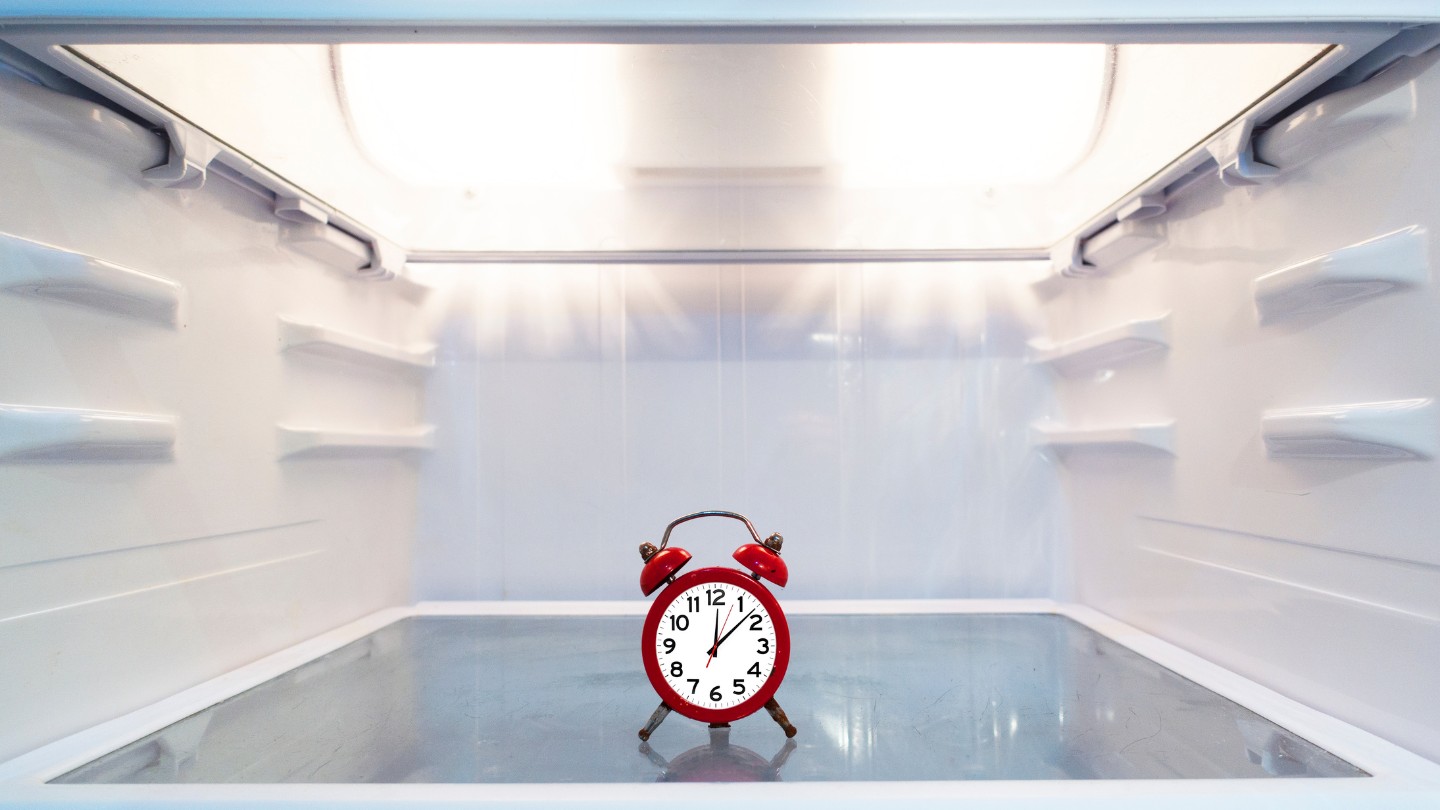
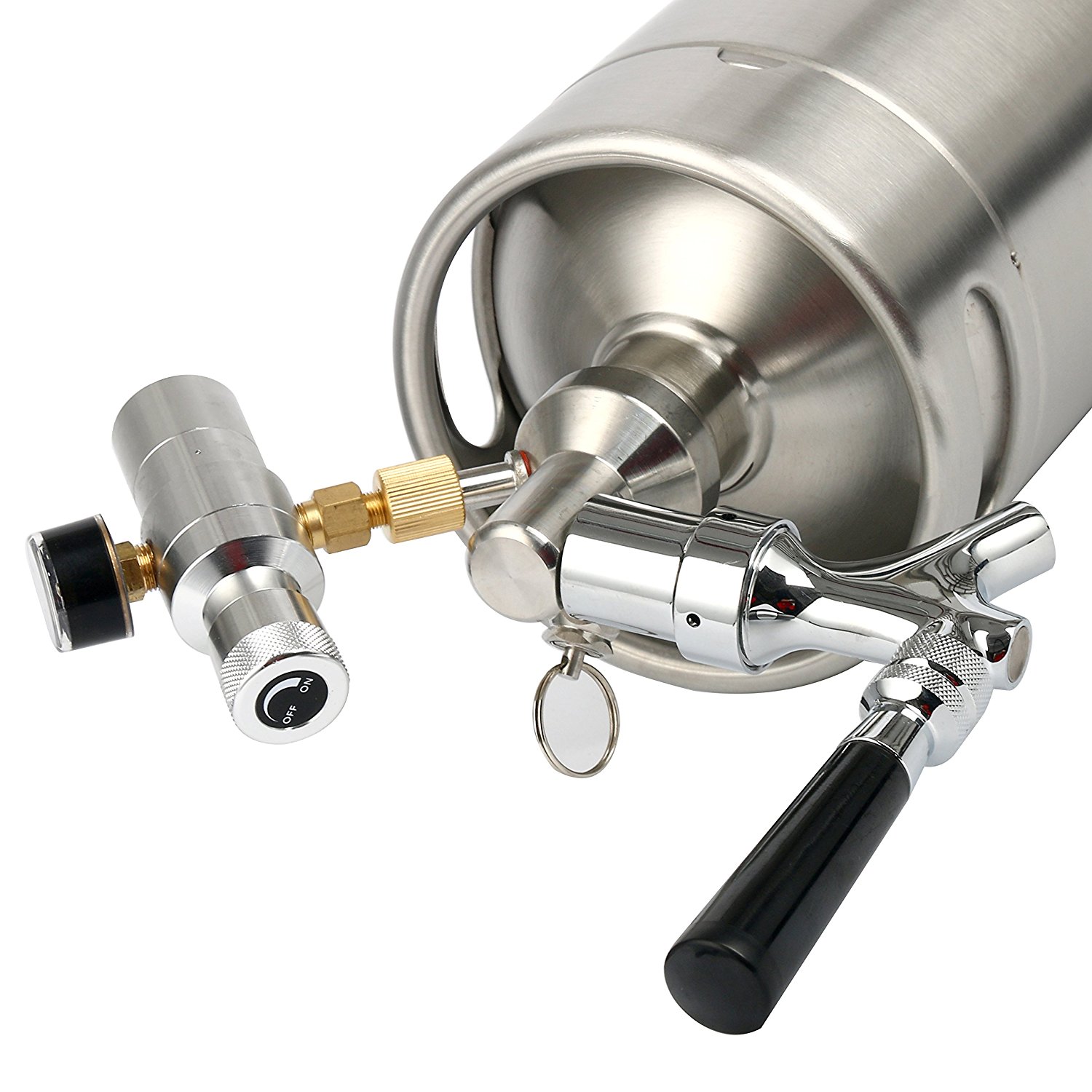
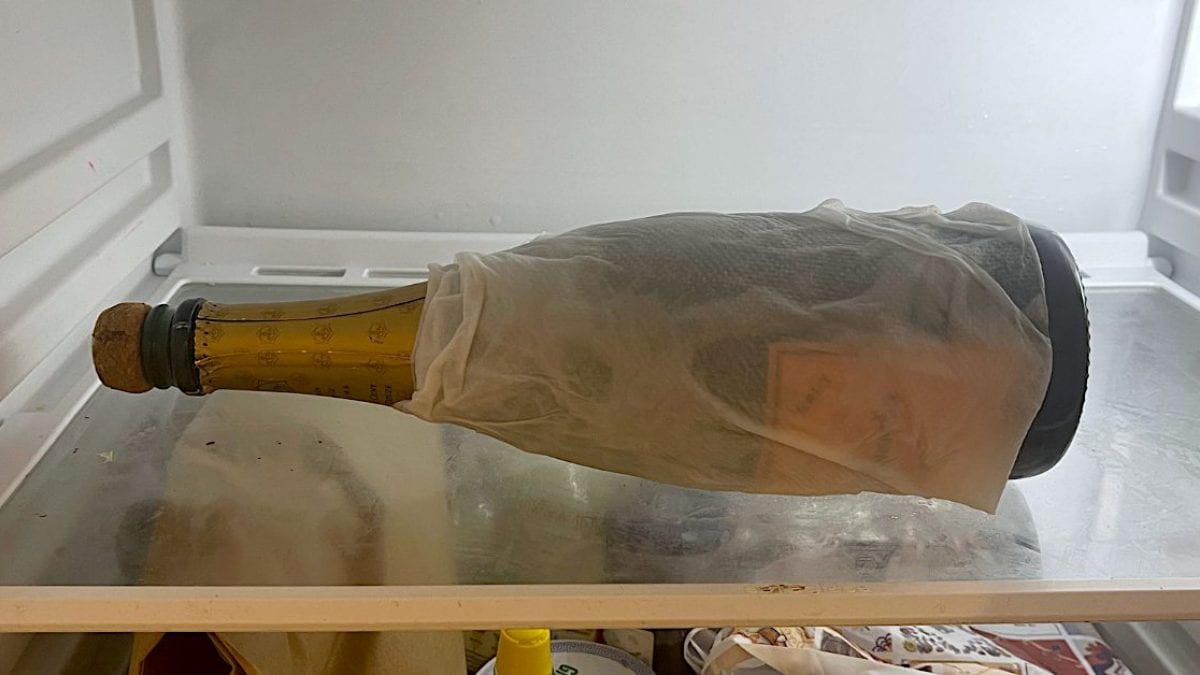
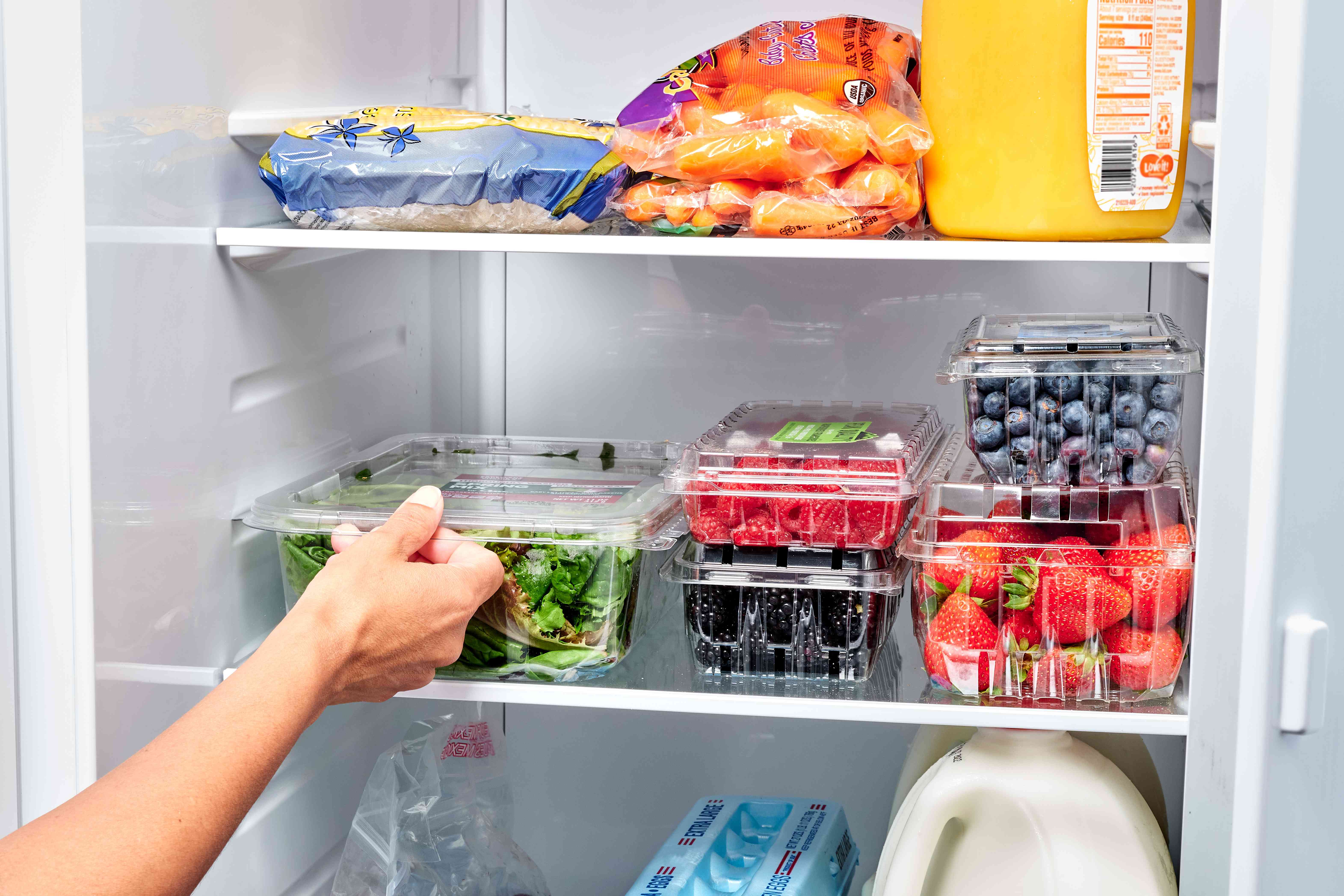
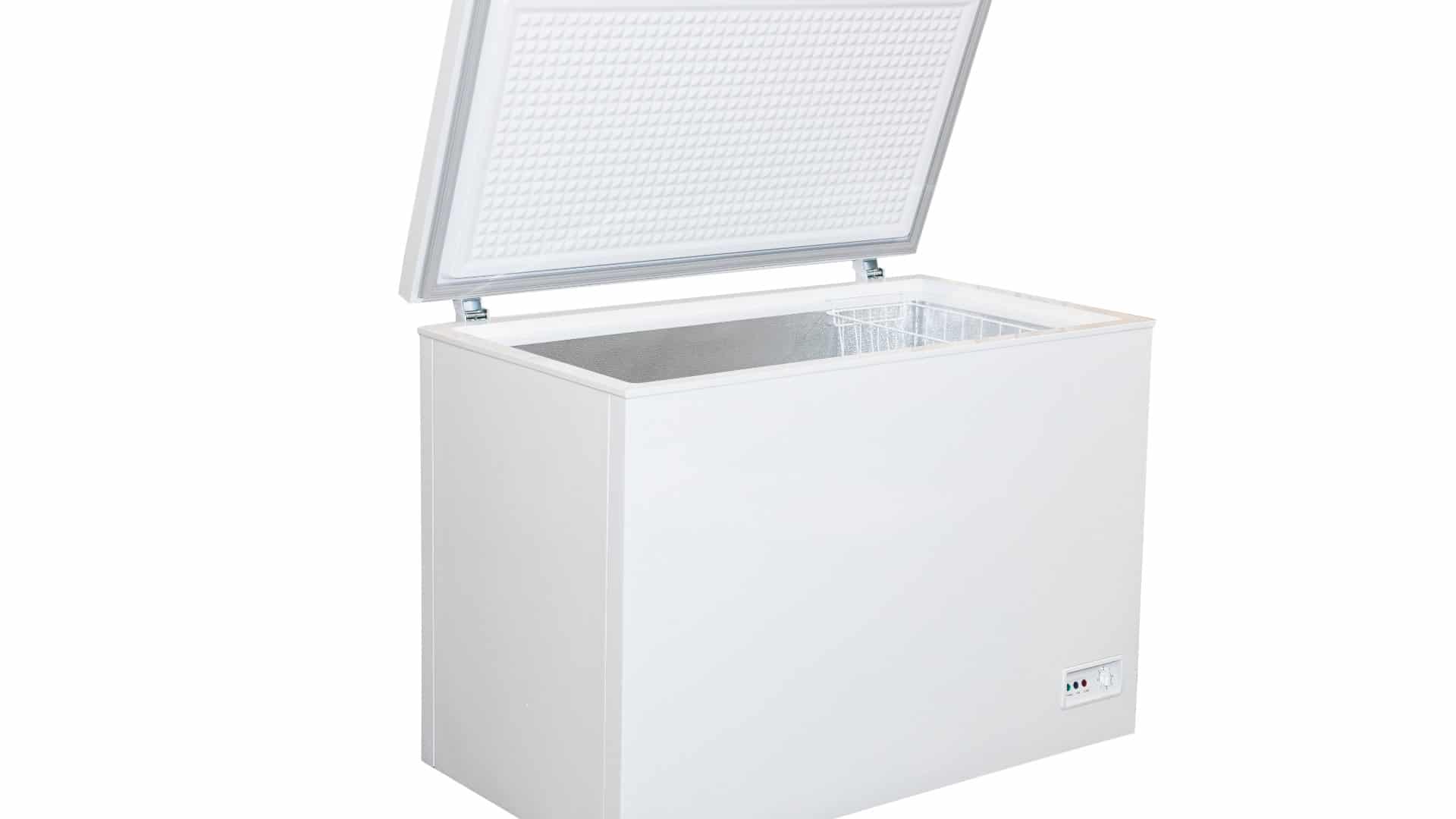

0 thoughts on “How Cold Will A Beverage Air Kegerator Get”